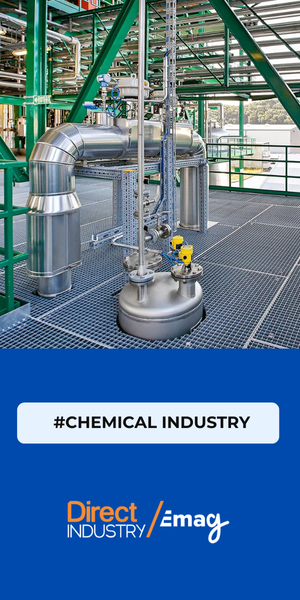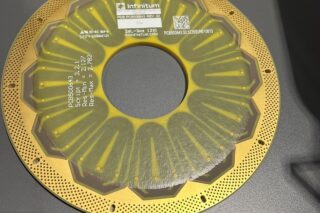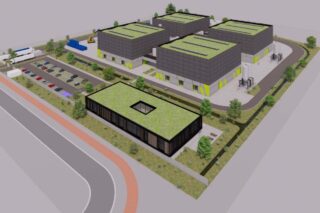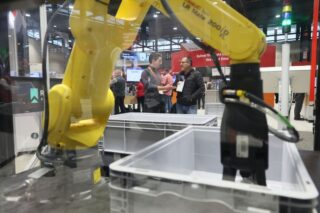Richard J. Vestner, Bentley Systems Vice President, Cities explains how infrastructure is crucial for a good airport passenger experience.
Envision, for a moment, an ideal airport experience. You are dropped off by a taxi or train at the entrance to your airline’s check-in area and, within a few feet, immediately print your ticket from the self-service kiosk. After quickly depositing your suitcase at the baggage area, you breeze through security and enter the grand concourse. On the way to your gate, you stop at a restaurant, then spend a little time relaxing and taking advantage of the free and fast WiFi in the airline’s VIP lounge. Later, you go to the lavatory to freshen up. After perusing a few stores for convenience items, you hop onto a moving walkway and make your way to your departure gate. You easily orientate yourself by illuminated signs and signals and board the plane, which arrives on time.
In many ways, the best airports are akin to 15-minute cities, an urban planning model in which every amenity or service a city-dweller could regularly need exists within a 15-minute walking radius. Rather than “operation-based” areas – discrete financial, entertainment, or parks district as a separate enclave within a big city – 15-minute cities are hyper-localized to include food, retail, business, entertainment, education, and outdoor recreation all within the same neighborhood. The result is reduced carbon emissions, optimized resource usage, and better quality of life.
And this is, to a great extent, what an ideal passenger experience would look like within an airport, many of which are the size of an average city and face some common operational challenges. Everything should be easily reachable, smooth, uncrowded, safe, and accessible, from arrival to takeoff.
Infrastructure Behind the Scenes
Though it may not be obvious to passengers, the perfect airport experience is the product of optimal infrastructure rather than high-end amenities. Every simple, efficient, trouble-free, or pleasant aspect of the journey is the result of thousands of factors coming together behind the scenes, including:
- Access for various modes of transportation
- Optimal HVAC function
- Seamless crowd control and people flow
- Powerful and secure digital connectivity
- Timely food, beverage, and goods delivery
- Working plumbing and sanitation services
- A supply chain delivering building materials such as concrete, glass, and cement
- The careful coordination of thousands of support personnel
Moreover, this journey doesn’t occur in a vacuum, but rather through deliberate modeling, simulation, and planning at every stage of the airport’s project lifecycle. Infrastructure assets, of which airports are one type, may spend the bulk of their lifecycle in the “operation” phase.
However, a great passenger experience begins in the design phase, starting with the blueprints. When the passenger drop-off is located just outside the airport entrance; when the concourses are built wide and security stations are plentiful enough to accommodate crowds at peak travel times; when lounges, restrooms, restaurants, and other retailers are well-stocked, comfortable, and located exactly where they’re most likely to be desired; when runways and taxiways are built to accommodate different airplane types and lots of traffic—all that is the product of thoughtful design achieved through careful leveraging of industry experience and data.
Leveraging Technology for Passenger Delight
Technology is helping us create the kinds of optimal passenger experiences that airports strive to offer. Increasingly, AI and tools, such as digital twins, are used throughout the asset lifecycle—planning, design, build, operation, maintenance, and upgrades. Infrastructure digital twins are real-time replicas of an entire airport under thousands of different scenarios, accounting for every possibility that might impact air travel and facilitating better planning for minor hiccups and major emergencies. By enabling more careful and consistent monitoring and management, these tools can help optimize passenger flow, reduce congestion on concourses and runways, indicate areas where different processes may be needed, and improve operational efficiency.
Digital twins can also facilitate predictive maintenance, minimizing downtime from equipment failures to avoid costly and problematic disruptions in services. They can suggest system upgrades for better outcomes across the board. By integrating data from dozens of systems into one streamlined format, they offer a comprehensive view of every aspect of an airport’s operation, leveraging past and present information for future planning and indicating changes for cost effectiveness and sustainability. Digital tools have a critical role to play, enhancing not only the work of asset owners and stakeholders, but also the experience of millions of travelers who pass through airports daily.
Creating a Golden Thread
In infrastructure, we believe in the concept of a “golden thread”—a continuity of the many different types of data that can be captured and leveraged within an infrastructure digital twin across every stage of the asset lifecycle without data loss from handovers. The inherent complexity of airports means their golden threads are particularly important. When data is gathered from every part of the asset with a lifetime perspective, this information can drive and optimize decision-making at future iterations of the project.
Ultimately, that golden thread means we are never starting from scratch. Rather, every repair, upgrade, and systemwide change arises from the cumulative learning and understanding of past iterations of the project, all working in congress to indicate the best and most efficient way forward. In this way, we can keep airport passengers moving every day at the speed of change.






![Image [BUYING GUIDE] How to Choose the Right Industrial Robot?](/wp-content/uploads/sites/3/Industrial-Robot-320x213.jpg)

![Image [Buying Guide] How to Choose the Right Safety Shoes?](/wp-content/uploads/sites/3/Safety-Shoes-320x213.jpg)


![Image [Buying Guide] How to Choose the Right AMR?](/wp-content/uploads/sites/3/AMR-320x213.jpg)